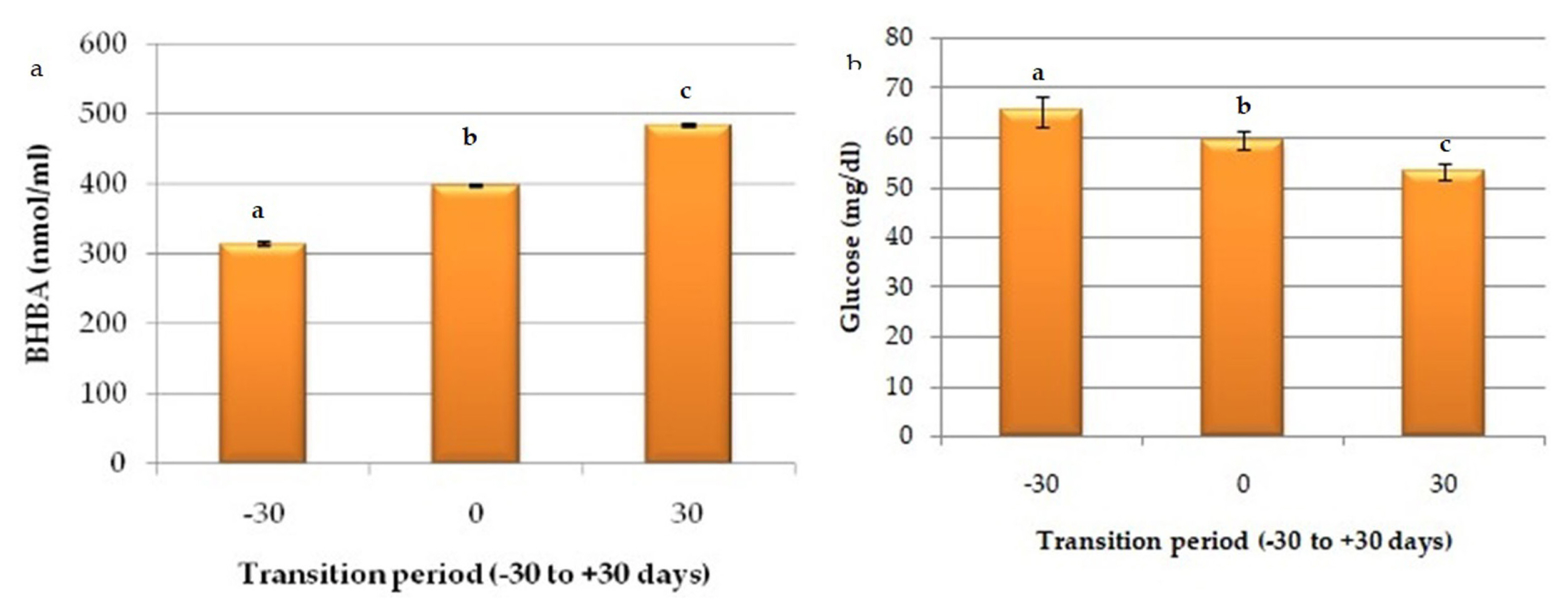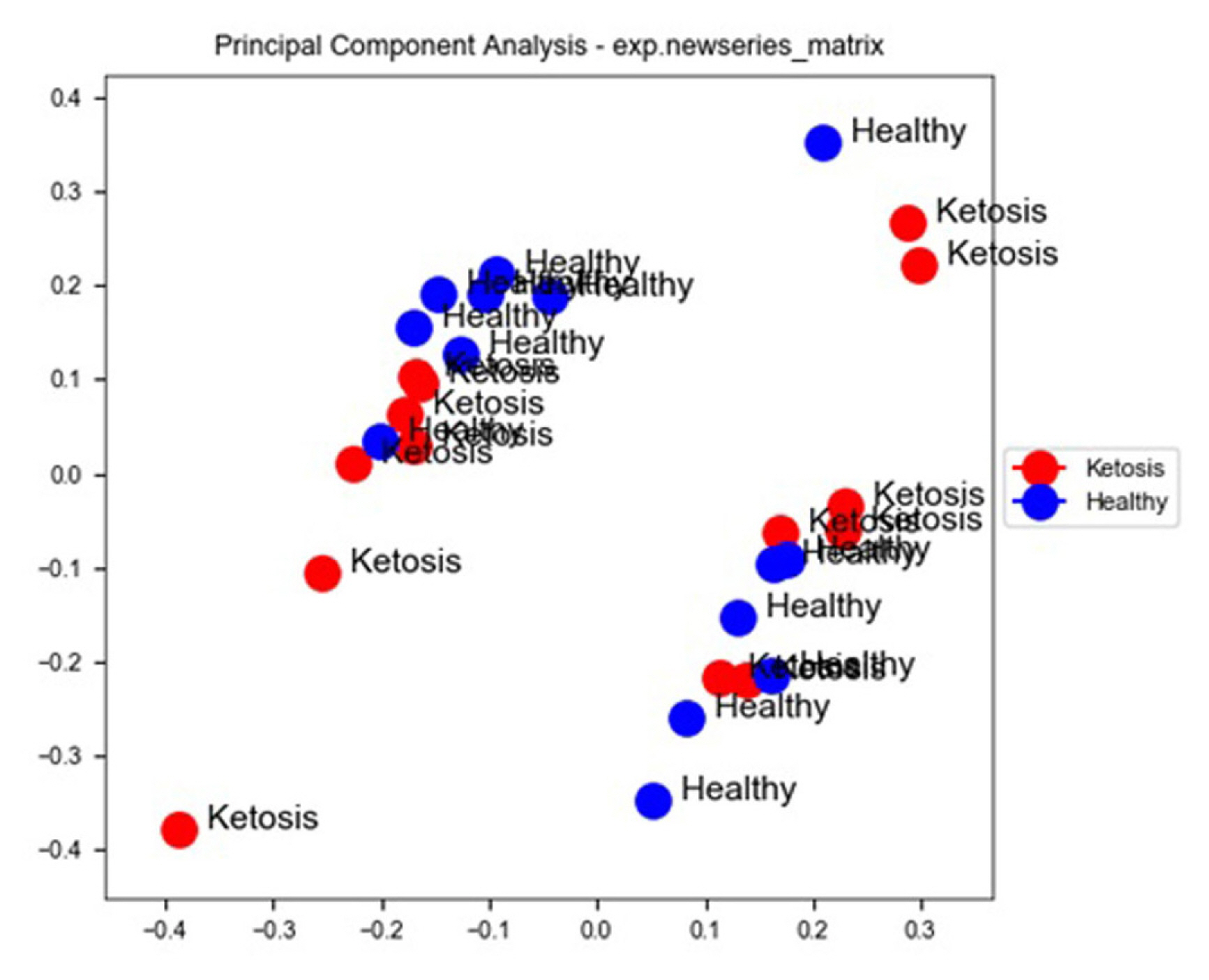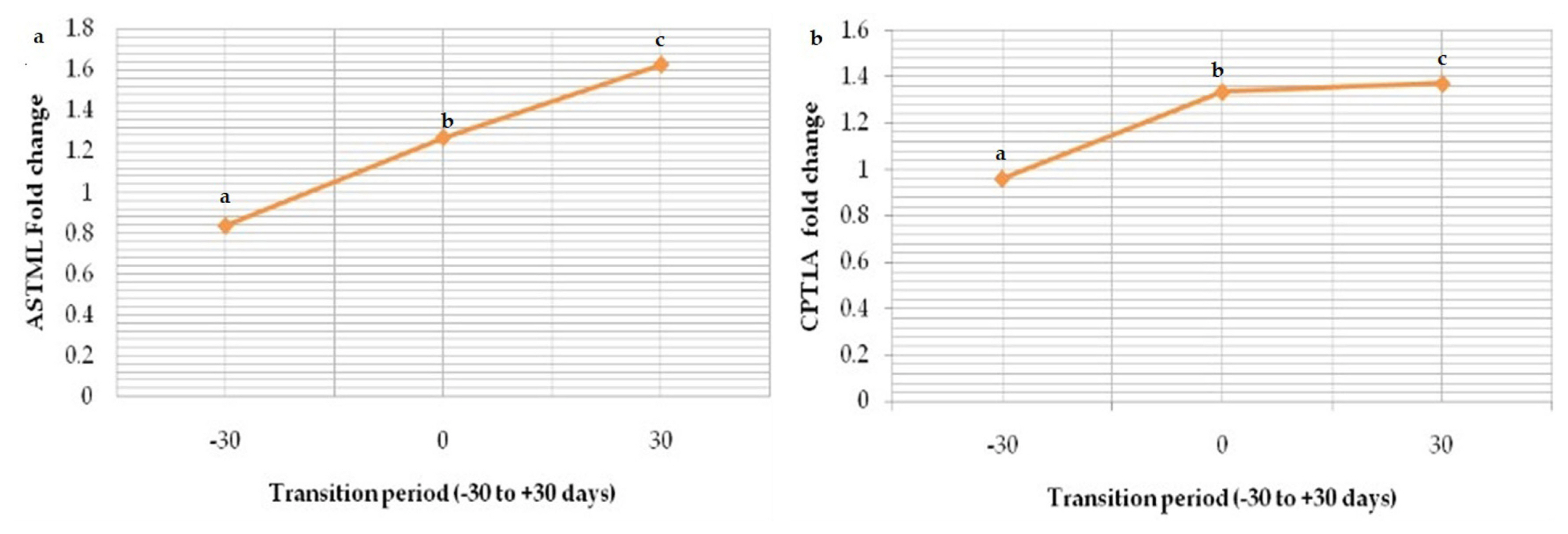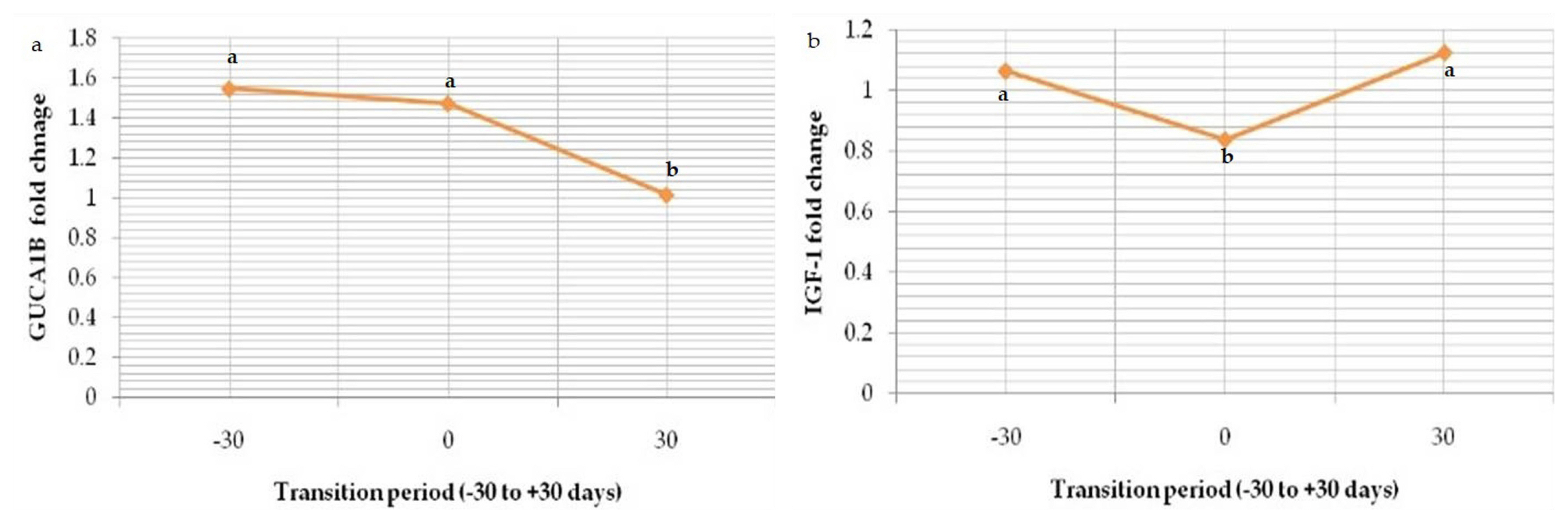1. Arfuso F, Fazio F, Levanti M, et al. Lipid and lipoprotein profile changes in dairy cows in response to late pregnancy and the early postpartum period. Arch Anim Breed 2016; 59:429–34.
https://doi.org/10.5194/aab-59-429-2016

2. Ashmawy NA. Blood metabolic profile and certain hormones concentrations in Egyptian buffalo during different physiological states. Asian J Anim Vet Adv 2015; 10:271–80.

3. Sharma N, Singh NK, Singh OP, Pandey V, Verma PK. Oxidative stress and antioxidant status during transition period in dairy cows. Asian-Australas J Anim Sci 2011; 24:479–84.
https://doi.org/10.5713/AJAS.2011.10220

4. Dimri U, Ranjan R, Sharma MC, Varshney VP. Effect of vitamin E and selenium supplementation on oxidative stress indices and cortisol level in blood in water buffaloes during pregnancy and early postpartum period. Trop Anim Health Prod 2010; 42:405–10.
https://doi.org/10.1007/s11250-009-9434-4


6. Miltenburg C. Management of peripartum dairy cows for metabolic health and immune function [Doctoral dissertation]. Ontario, Canada: University of Guelphl; 2015.
7. Ingvartsen KL, Dewhurst RJ, Friggens NC. On the relationship between lactational performance and health: is it yield or metabolic imbalance that cause production diseases in dairy cattle? A position paper. Livest Prod Sci 2003; 83:277–308.
https://doi.org/10.1016/S0301-6226(03)00110-6

8. Vanholder T, Papen J, Bemers R, Vertenten G, Berge ACB. Risk factors for subclinical and clinical ketosis and association with production parameters in dairy cows in the Netherlands. J Dairy Sci 2015; 98:880–8.
https://doi.org/10.3168/jds.2014-8362


9. Holcomb CS, Van Horn HH, Head HH, Hall MB, Wilcox CJ. Effects of prepartum dry matter intake and forage percentage on postpartum performance of lactating dairy cows. J Dairy Sci 2001; 84:2051–8.
https://doi.org/10.3168/jds.S0022-0302(01)74649-8


10. Weber C, Hametner C, Tuchscherer A, et al. Hepatic gene expression involved in glucose and lipid metabolism in transition cows: effects of fat mobilization during early lactation in relation to milk performance and metabolic changes. J Dairy Sci 2013; 96:5670–81.
https://doi.org/10.3168/jds.2012-6277


13. Purohit GN, Ruhil S, Daga M, Gaur M, Bihani DK, Ahuja A. Parturition related metabolic disorder in buffaloes: a 10 year case analysis. Rumin Sci 2014; 3:123–6.
14. Ospina PA, Nydam DV, Stokol T, Overton TR. Associations of elevated nonesterified fatty acids and βhydroxybutyrate concentrations with early lactation reproductive performance and milk production in transition dairy cattle in the north-eastern United States. J Dairy Sci 2010; 93:1596–603.
https://doi.org/10.3168/jds.2009-2852


15. Oetzel GR. Herd-level ketosis–diagnosis and risk factors. In : Preconference Seminar 7C: Dairy Herd Problem Investigation Strategies, Transition Cow Trouble shooting American association of bovine practitioners 40th Annual Conference; 2007 September 19; Vancouver, Canada.
16. Madreseh-Ghahfarokhi S, Dehghani-Samani A. Ketosis (acetonaemia) in dairy cattle farms: practical guide based on importance, diagnosis, prevention and treatments. J Dairy Vet Anim Res 2018; 7:299–302.
23. Rehman SU. Lead induced regional lipid peroxidation in brain. Toxicol Lett 1984; 21:333–7.


25. Marklund S, Marklund G. Involvement of the superoxide anion radical in the autoxidation of pyrogallol and a convenient assay for superoxide dismutase. Eur J Biochem 1974; 47:469–74.


26. Hafeman DG, Sunde RA, Hoekstra WG. Effect of dietary selenium on erythrocyte and liver glutathione peroxidase in the rat. J Nutr 1974; 104:580–7.
https://doi.org/10.1093/jn/104.5.580


30. Bryers DI. Controlling metabolic diseases. In : Paper presented at Tri-state dairy nutrition conference held at Michigan State University, Grand Wayne Center Fort Wayne; 1999 April 20–21; IN, USA.
31. Accorsi PA, Govoni N, Gaiani R, Pezzi C, Seren E, Tamanini C. Leptin, GH, PRL, insulin and metabolic parameters throughout the dry period and lactation in dairy cows. Reprod Domest Anim 2005; 40:217–23.
https://doi.org/10.1111/j.1439-0531.2005.00581.x


32. Ambrosio R, Sannino ML, Cortese L, Nappi C, Ara D, Cioffi M. Validation and application of an immunofluorimetric assay for detection of serum free triiodothyronine and free thyroxine concentrations in buffalo (Bubalus Bubalis) under various physiological conditions. J Vet Diagn Invest 2009; 21:668–73.
https://doi.org/10.1177/104063870902100511


33. Singh R, Randhawa SNS, Randhawa CS. Oxidative stress, Hemato-biochemical and plasma mineral profile in transition buffaloes. Proc Natl Acad Sci 2017; 87:1091–9.
https://doi.org/10.1007/s40011-015-0684-9

34. Huang Y, Zhao C, Kong Y, et al. Elucidation of the mechanism of NEFA-induced PERK-eIF2α signaling pathway regulation of lipid metabolism in bovine hepatocytes. J Steroid Biochem Mol Biol 2021; 211:105893
https://doi.org/10.1016/j.jsbmb.2021.105893


35. Rhoads ML, Meyer JP, Kolath SJ, Lamberson WR, Lucy MC. Growth hormone receptor, insulin-like growth factor (IGF)-1, and IGF-binding protein-2 expression in the reproductive tissues of early postpartum dairy cows. J Dairy Sci 2008; 91:1802–13.
https://doi.org/10.3168/jds.2007-0664


36. Fenwick MA, Fitzpatrick R, Kenny DA, et al. Interrelationships between negative energy balance (NEB) and IGF regulation in liver of lactating dairy cows. Domest Anim Endocrinol 2008; 34:31–44.
https://doi.org/10.1016/j.domaniend.2006.10.002


37. Sordillo LM, Raphael W. Significance of metabolic stress, lipid mobilization, and inflammation on transition cow disorders. Vet Clin North Am Food Anim Pract 2013; 29:267–78.
https://doi.org/10.1016/j.cvfa.2013.03.002


38. Abuelo A, Hernández J, Benedito JL, Castillo C. Oxidative stress index (OSi) as a new tool to assess redox status in dairy cattle during the transition period. Animal 2013; 7:1374–8.
https://doi.org/10.1017/S1751731113000396


40. Castillo C, Hernandez J, Valverde I, et al. Plasma malonaldehyde (MDA) and total antioxidant status (TAS) during lactation in dairy cows. Res Vet Sci 2006; 80:133–9.
https://doi.org/10.1016/j.rvsc.2005.06.003




















 PDF Links
PDF Links PubReader
PubReader ePub Link
ePub Link Full text via DOI
Full text via DOI Full text via PMC
Full text via PMC Download Citation
Download Citation Print
Print





